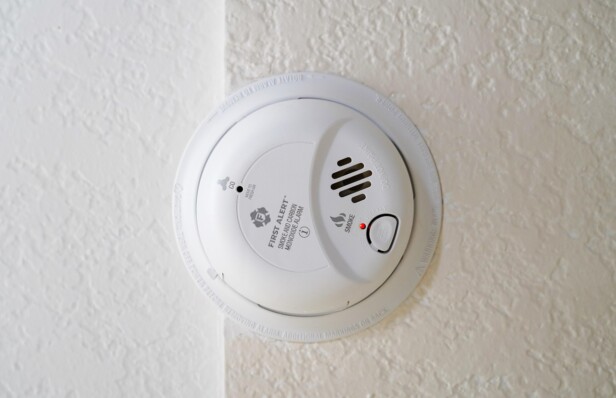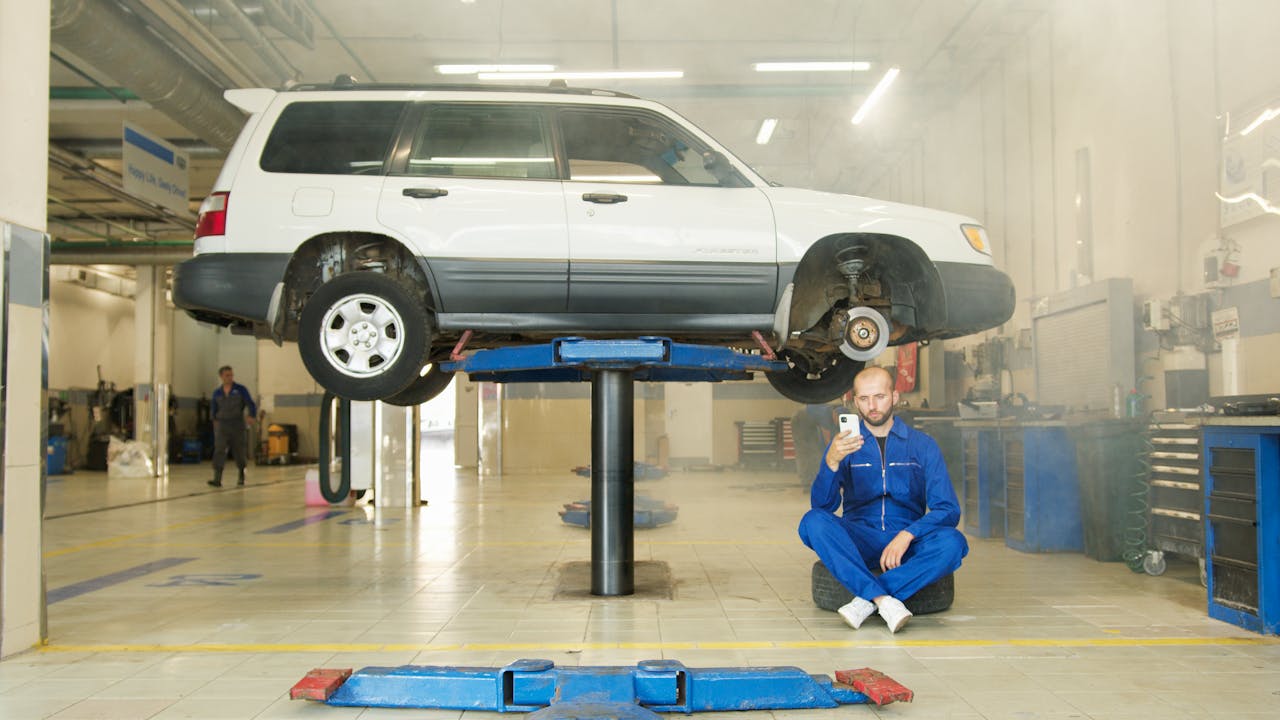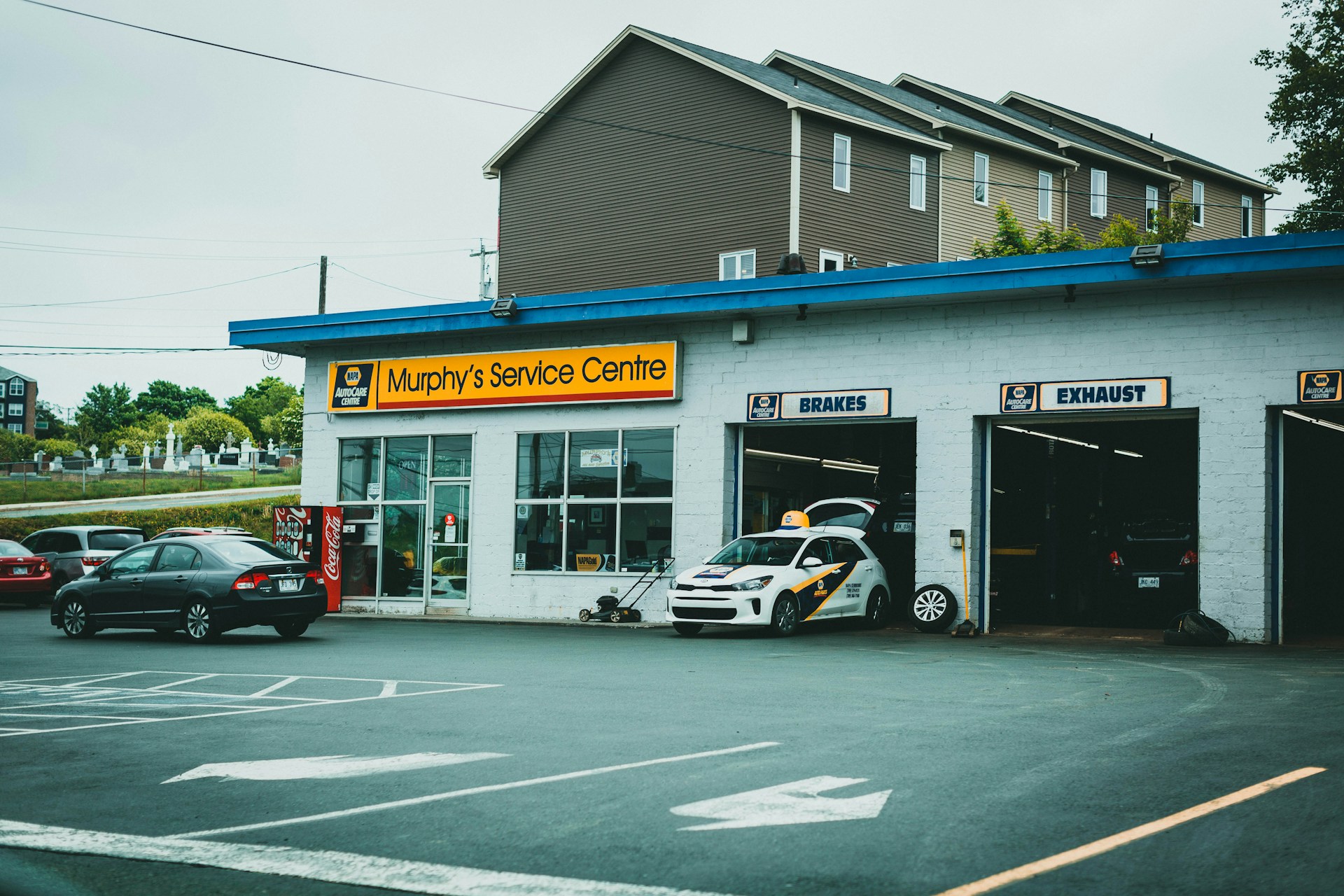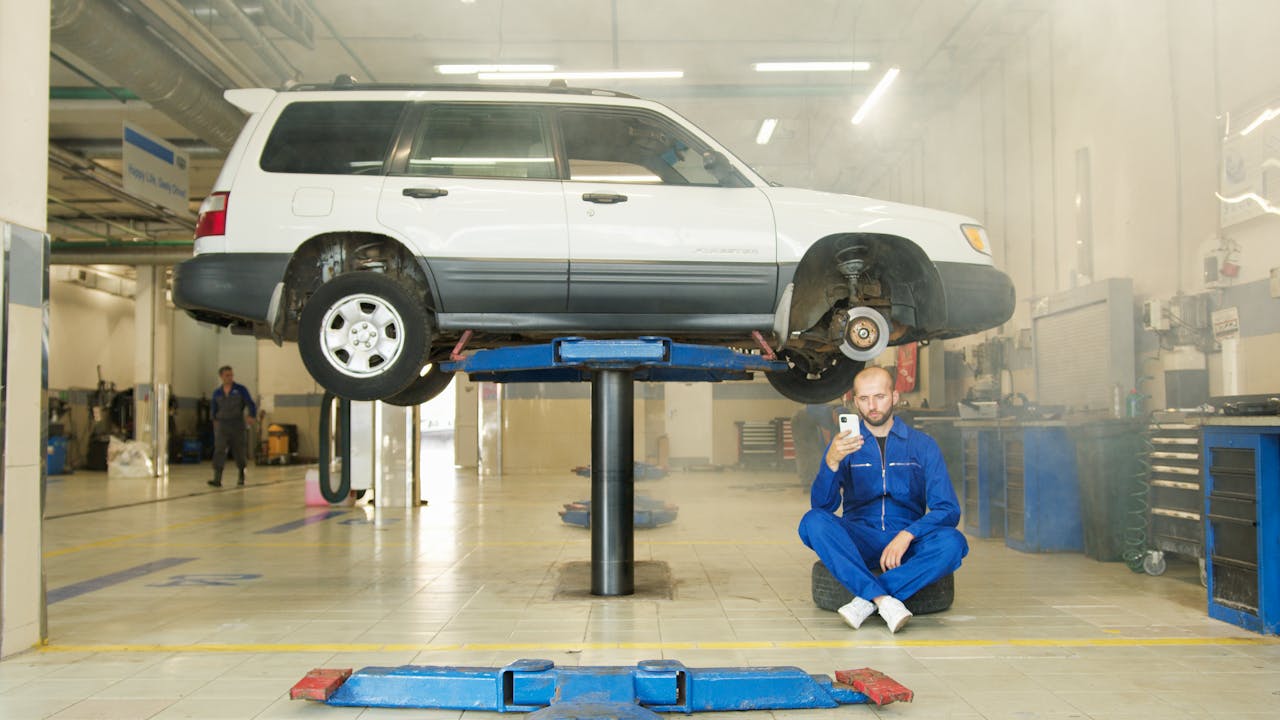Carbon monoxide kills without warning. This colorless, odorless gas accumulates silently in enclosed or partially enclosed spaces where vehicles idle and fuel-burning equipment operates. For auto repair shops in Pearland, CO monitoring represents both a life safety necessity and a compliance requirement that protects workers and customers from this invisible threat.
Auto repair CO monitor code compliance in Pearland centers on proactive carbon monoxide detection in facilities where CO poisoning risks are elevated. While Texas statutes specifically mandate CO detectors in qualifying day-care centers, group homes, and family homes, Pearland’s Code Enforcement program takes a broader approach to safety oversight. Code Enforcement Officers actively monitor dangerous and substandard structures throughout the city, creating an environment where auto shops must demonstrate proper CO monitoring systems and maintenance protocols to meet safety expectations.
How Can An Auto Repair Shop Structure A Practical CO Compliance Plan?
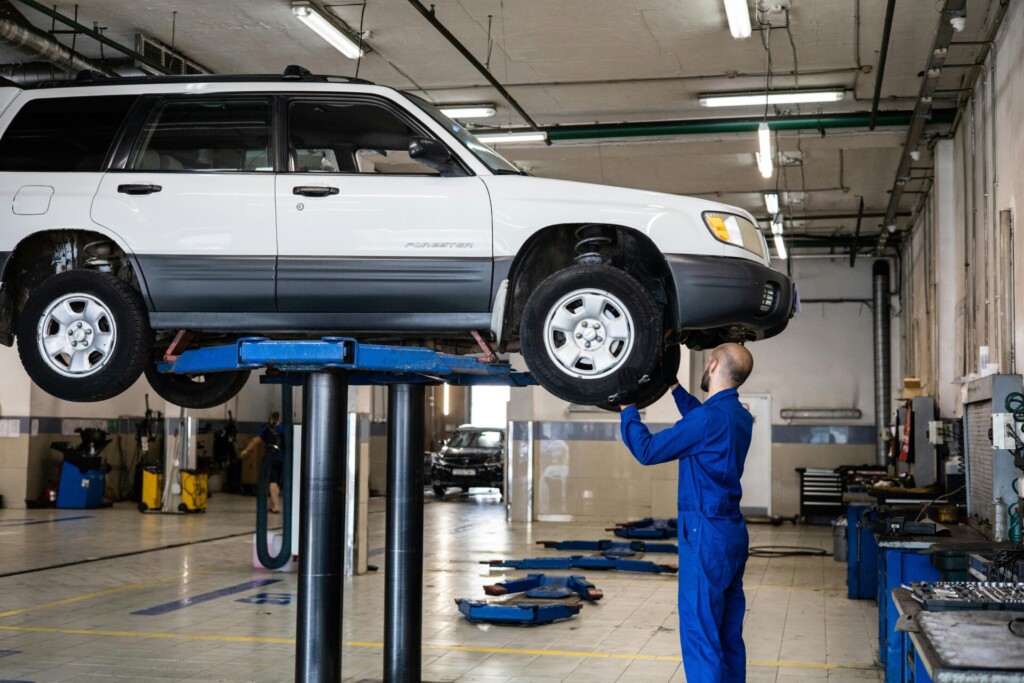
We structure our Environmental Compliance Monitoring approach around four integrated components that address carbon monoxide risks systematically. Each element builds on the others to create a comprehensive framework that protects workers and meets regulatory expectations.
Risk Assessment Foundation
The first step involves identifying all CO sources within our facility and evaluating their potential impact. We examine idling vehicles in service bays, fuel-fired heating equipment, and any combustion appliances that operate in enclosed or partially enclosed spaces. High-risk zones typically include areas with limited ventilation, basement service pits, and spaces where multiple vehicles operate simultaneously.
We map airflow patterns throughout the shop to understand how CO might accumulate or disperse. This assessment considers seasonal variations in ventilation effectiveness and identifies locations where natural air circulation might be compromised. The evaluation also examines work patterns that could increase exposure risks, such as extended vehicle testing periods or concentrated repair activities.
Policies And Procedures Development
Clear policies establish consistent approaches to CO alarm selection, placement, and maintenance throughout our operations. We specify alarm types suitable for automotive environments, considering factors like temperature ranges, humidity levels, and potential interference from other shop activities. Placement protocols follow manufacturer guidance while accounting for site-specific conditions and airflow patterns.
Our procedures cover daily start-up checks, proper ventilation practices during vehicle operations, and systematic shutdown protocols. We define responsibilities for alarm testing intervals and outline steps for battery replacement or sensor calibration. These policies also address ventilation system operation, including when to activate exhaust fans and how to maintain adequate air exchange rates during busy periods.
Monitoring And Reporting Systems
We track alarm status through simple logging systems that capture essential information without creating administrative burden. Regular monitoring includes visual checks of alarm indicators, battery status verification, and documentation of any CO level alerts. Our logs record test dates, maintenance activities, and any unusual readings that might indicate developing problems.
The reporting system enables pattern recognition that can reveal trends in CO levels or equipment performance. We maintain records of environmental conditions, work activities, and alarm responses to build understanding of our facility’s CO profile. This data helps us refine ventilation practices and identify opportunities for risk reduction.
Corrective Action Protocols
When alarms activate, our response procedures prioritize immediate safety while enabling systematic investigation of root causes. We evacuate affected areas, increase ventilation, and identify the CO source before resuming normal operations. Investigation includes checking vehicle exhaust systems, heating equipment operation, and ventilation system performance.
Documentation of corrective actions creates accountability and supports continuous improvement efforts. We record the circumstances that triggered alarms, actions taken to address immediate risks, and longer-term modifications implemented to prevent recurrence. After implementing changes, we reassess risks to verify that our modifications effectively reduce CO hazards and update our monitoring approach accordingly.
How Do Facility CO Monitors Differ From Vehicle Readiness Monitors?
Facility CO monitors and automotive diagnostic scanners serve completely different safety functions in auto repair shops. Understanding these distinctions prevents confusion and ensures we implement the right equipment for the right purpose.
Facility CO monitors detect carbon monoxide concentrations in the shop’s ambient air. These devices function as safety alarms, measuring CO levels in the breathing zone to protect mechanics and customers from dangerous gas accumulation. When CO reaches hazardous concentrations, these monitors sound audible warnings and may display PPM readings on digital screens.
Automotive diagnostic scanners operate through the vehicle’s On-Board Diagnostic (OBD) system to check emission control readiness. Readiness monitors are self-tests performed by the vehicle’s OBD system to verify emission control functionality, focusing on components like catalytic converters, oxygen sensors, and evaporative systems. These readiness codes indicate whether emission control systems have completed their diagnostic cycles.
Purpose And Function Differences
CO safety monitors measure dangerous gas concentrations that threaten human health. They respond to carbon monoxide from any source, including idling vehicles, fuel-fired equipment, or incomplete combustion from heating systems. These devices protect people working in enclosed or partially enclosed spaces.
Vehicle readiness monitors assess emission system performance for regulatory compliance testing. They track whether diagnostic tests have run successfully on specific vehicle components. The OBD system continuously or periodically tests emission control devices during normal driving conditions to ensure they meet environmental standards.
Detection Methods And Data Output
Facility monitors use electrochemical sensors, semiconductor technology, or biomimetic detection methods to measure CO in parts per million. They provide real-time ambient air readings and alarm when concentrations exceed safe thresholds. Some models store peak readings or historical data for safety documentation.
Automotive diagnostic scanners communicate with vehicle computers through standardized protocols. They retrieve stored diagnostic trouble codes and monitor completion status rather than measuring gas concentrations. The scanners show whether emission system tests are complete, incomplete, or have failed, but they cannot detect shop air quality issues.
Installation And Maintenance Requirements
We install CO alarms at breathing height in areas where carbon monoxide may accumulate. These devices require regular testing per manufacturer instructions, battery or power source maintenance, and periodic calibration to ensure accurate readings. Sensor elements typically need replacement every few years.
Vehicle diagnostic equipment connects temporarily to the OBD port for testing purposes. We maintain these tools through software updates and periodic calibration, but they do not provide continuous monitoring of shop conditions. Their maintenance focuses on communication accuracy rather than gas detection capability.
What Records Help Show Diligence For Pearland Inspections And Safety Reviews?

Documentation serves as the backbone of CO safety compliance. We maintain targeted records that demonstrate our commitment to protecting workers and meeting Pearland’s code enforcement standards. These records become crucial during inspections by Code Enforcement Officers who evaluate dangerous and substandard conditions.
Essential Installation Documentation
CO alarm installation records provide the foundation for compliance documentation. We document the make, model, and installation date of each detector. These records include manufacturer specifications and UL listings that confirm devices meet safety standards.
Installation locations receive careful documentation with simple diagrams showing detector placement relative to CO sources. We note distances from fuel-burning equipment, enclosed work areas, and ventilation systems. This mapping helps Code Enforcement Officers understand our systematic approach to monitoring.
Manufacturer Testing And Maintenance Logs
Regular maintenance records demonstrate ongoing diligence in CO safety management. We follow manufacturer testing schedules, typically monthly for basic function checks and annual for comprehensive inspections. Each entry includes the date, technician name, and test results.
Battery replacement schedules appear in our maintenance logs along with sensor cleaning records. We document any manufacturer recalls or firmware updates that affect our CO monitoring systems. These detailed logs show consistent attention to device reliability and performance standards.
Training And Procedure Documentation
Training records prove our team understands CO hazards and proper response procedures. We document initial safety training for new employees and annual refresher sessions for all staff. Training materials cover CO sources, symptoms of exposure, and evacuation protocols.
Procedure documentation includes written protocols for alarm responses, ventilation checks, and equipment shutdowns. We maintain copies of manufacturer instructions and local emergency contact information. This documentation shows our systematic approach to CO safety management.
Incident And Corrective Action Reports
Any CO alarm activation requires immediate documentation in our incident reports. We record the time, location, and circumstances surrounding each alarm event. Investigation findings identify the CO source and contributing factors.
Corrective action reports detail the steps we took to resolve CO hazards and prevent recurrence. This includes equipment repairs, ventilation improvements, or procedural changes. Follow-up inspections confirm that corrective measures effectively addressed the identified risks. These reports demonstrate our commitment to continuous safety improvement for Pearland inspections.
Conclusion And Next Steps For Pearland Auto Shops
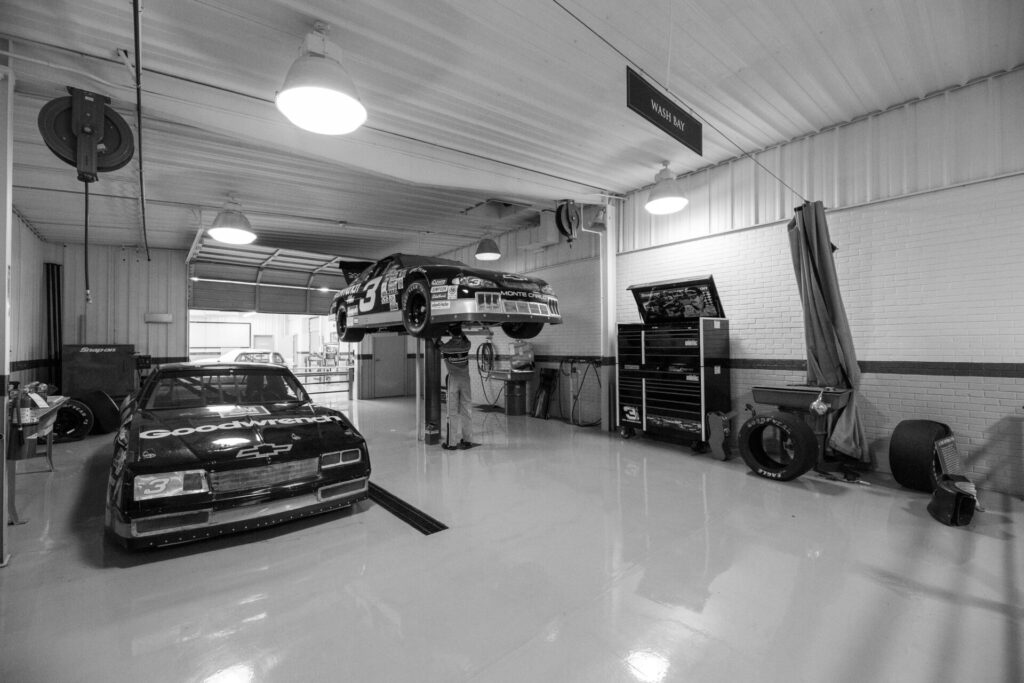
Carbon monoxide poses a serious threat in auto repair facilities where vehicles idle and fuel-burning equipment operates in enclosed or partially enclosed spaces. While CO detector requirements vary significantly by occupancy type and jurisdiction across the United States, Pearland’s Code Enforcement program takes a proactive stance on dangerous and substandard building conditions that could compromise worker and customer safety.
We recommend establishing a straightforward CO compliance plan built around four core elements. Start with a comprehensive risk assessment to identify all potential CO sources in your facility, from idling vehicles to fuel-fired equipment. Develop clear policies and procedures that cover alarm selection, placement, testing, and maintenance according to manufacturer specifications. Implement consistent monitoring and reporting practices to track alarm status and document any CO level alerts.
Finally, establish corrective action protocols to investigate alarm events quickly, improve ventilation or operational processes as needed, and document all remediation efforts. Following manufacturer instructions for detector installation and maintenance remains critical for reliable performance. Maintain organized records of installation details, testing schedules, training activities, and any incidents or corrective actions taken. These documents demonstrate your commitment to ongoing safety management and can support your facility during Pearland inspections or safety reviews. Contact EB3 Construction to discuss integrating CO monitoring systems into your auto shop construction or renovation project.

